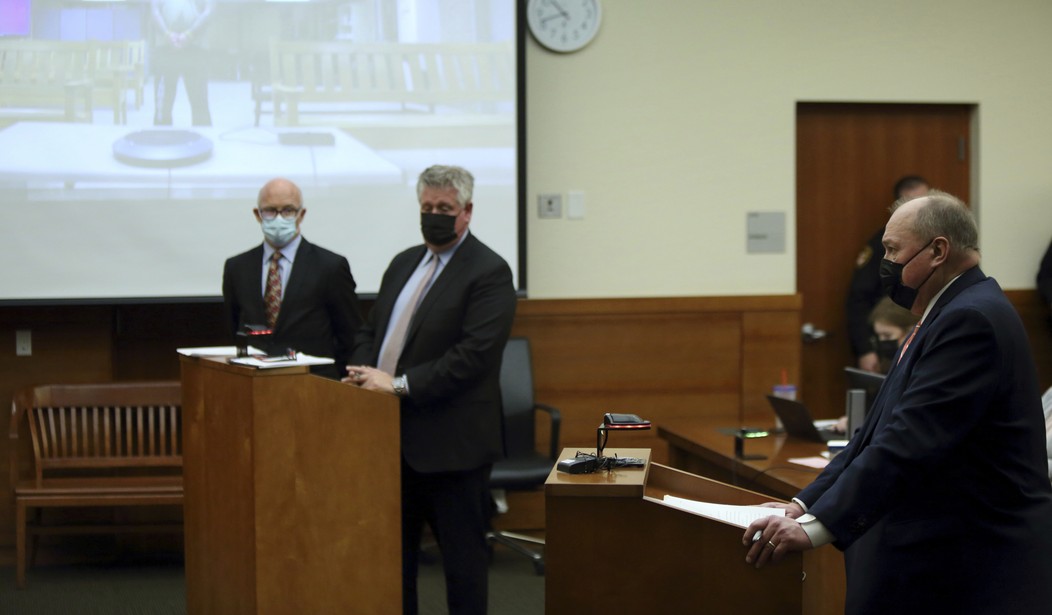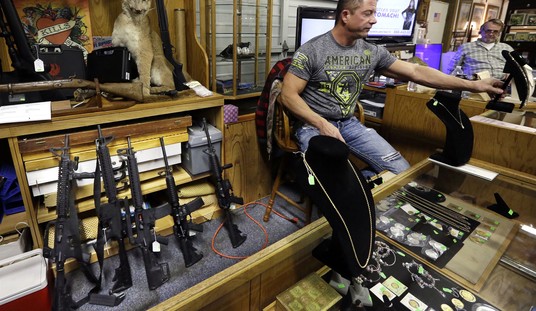Former Franklin County, Ohio sheriff’s deputy Jason Meade’s murder case can proceed after a federal judge ruled that Meade was not working for a federal task force when he pursued and eventually shot and killed Casey Goodson, Jr. in December of 2020.
The decision came after Meade’s attorneys had argued that any charges the deputy faces should be levied by federal authorities, given that he had been deployed to a U.S. Marshals task force on the day of Goodson’s death. In a ruling issued Thursday afternoon, however, U.S. District Judge Edmund Sargus rejected that argument.
“Meade’s only authority to arrest Goodson came from his state authority as a deputy sheriff to enforce state law,” Sargus said. “This case is properly tried in state court.” The judge said during a Feb. 11 hearing it was the first time he had handled such a case in 25 years on the bench.
Mark Collins, one of Meade’s attorneys, said he’s reviewing the ruling and then will decide whether to appeal.
… Meade’s salary was still paid by the county, and he was authorized only to “seek and execute arrest and search warrants” under his marshals’ assignment, according to court documents and testimony at the Feb. 11 hearing.
Cases of fugitives pursued by the task force must be issued a federal identification number and the warrant verified before a task force member can take action, Charles Sanso, a U.S. marshal who oversees four such operations in Ohio, testified Feb. 11. Neither situation existed with Goodson, he said.
After reviewing Meade’s actions the day of the shooting, “We concluded that this was not a marshal service shooting,” said Sanso, a witness called by prosecutors.
If Meade wasn’t acting under the auspices of the U.S. Marshals when he pursued Goodson, who the deputy claims pointed a handgun at him and another officer as he slowly drove by task force members, then state court is the only appropriate venue for his trial.
As for appealing the judge’s decision, while it’s an option, I don’t know how viable it is, especially given the fact that the initial pursuit of Goodson was outside the scope of Meade’s job duties with the task force. Even a task force member who testified in support of Meade couldn’t state with any certainty whether or not the deputy was serving as a deputy or a marshal that day.
Goodson himself wasn’t the subject of any task force warrants, and in fact was a legal gun owner who was also a licensed concealed carry holder at the time he was shot and killed, though a toxicology report did find evidence of marijuana in Goodson’s blood after his death.
Goodson’s autopsy also found that five of the six rounds that were fired by Meade entered Goodson’s back, which prosecutors claim shows that Goodson wasn’t presenting a threat to the deputy when he was shot and killed. Meade maintains that Goodson was carrying a gun in his hand when he got out of his car in the driveway of his family’s home, and refused to drop the weapon. Goodson’s family says that while me might have had a gun on him, he was only holding a bag of sandwiches from a nearby Subway and was shot and killed as he was trying to unlock the door to the home.
Two very different stories, and there’s no bodycam footage that could help shed some light on what actually happened on December 4th, 2020. I have no idea what the ultimate outcome of this case will be here, but I do hope that justice will be served.









Join the conversation as a VIP Member